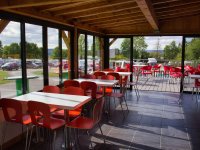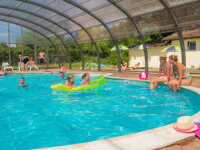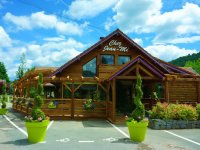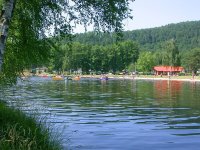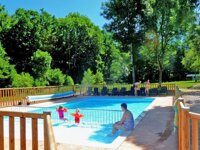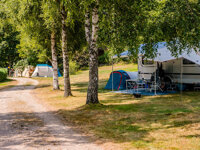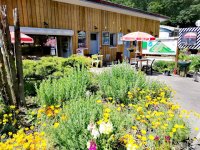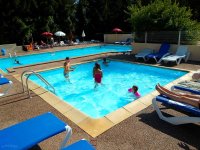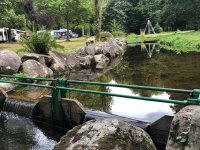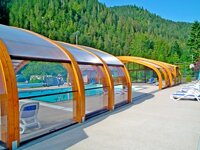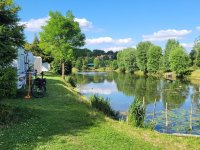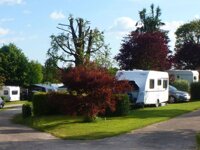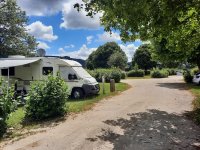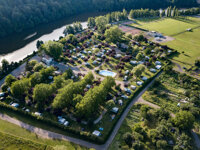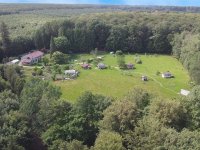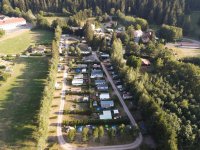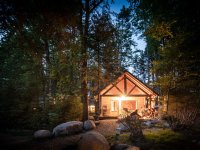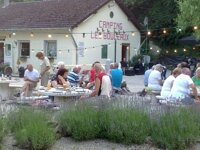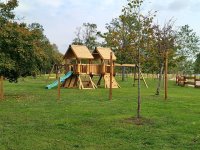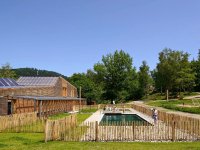Camping in Lorraine
47 campsites in France, Lorraine
Campsite Listing Google Map
The following consent is required:
Tracking & performance, Targeting & advertising.
Lorraine
For centuries, Lorraine has been a major European crossroads, resulting in a rich mixture of cultural influences. Today, it is an idyllic setting for holidays with a diverse historical and cultural heritage.

Along with Alsace, Lorraine has suffered as a tract of Europe over which nations have incessantly waged war. Lorraine became part of France in the late 18th century, after which there was a further period of German rule from 1872-1918, followed by a temporary re-annexation under Hitler. In the north and the east of the region, architecture, cuisine and language show Germanic influence, yet the people consider themselves thoroughly French.
With a strong industrial tradition, Lorraine is a treasure trove of arts and crafts, in particular crystalware, earthenware and enamelwork, with many historical examples on display in specialist museums.
There are no less than three outstanding country parks, home to deer and wild boar, while mountain goats scale the high pastures of the Vosges mountains. The Vosges crests formed part of the battlefront in World War One, and military requirements led to the building of the road now known as the Route des Cretes, which runs near the highest peaks. It goes past more WWI sites than vineyards and more ‘balloons’ (the highest peaks are so-called because they are round and bald) than villages, but the view from the top is utterly breathtaking.

Places of interest
Epinal: Picturesque town and capital of the Vosges.
Fermont: Underground fort at Longuyon, 50 km. north of Verdun.
Metz: 13th-century cathedral of St Etienne; Centre Pompidou Metz museum of modern art; Place St. Louis; Old City with Renaissance and Medieval architecture.
Nancy: Place Stanislas, a UNESCO World Heritage Site; 14th-century Porte de la
Craffe: Arc de Triomphe.
Verdun: Hill forts such as Fort de Vaux and Fort de Douaumont, Large military cemetery at Douaumont.
Amnéville: 40-acre zoological park, one of the three largest in France, has 2,000 animals and a primate facility.

Cuisine of the region
The cooking is peppery and hearty and quite unlike any other region.
Bar-le-Duc (‘Lorraine caviar’): Redcurrant jam de-seeded with a goose quill.
Quiche Lorraine: Made only in the classical manner with cream, eggs and bacon.
Potée Lorraine: Smoked meats combined with carrots, leeks and sometimes beans.
Eau-de-vie: A strong, white alcohol liqueur distilled from fermented fruit juices, including mirabelles (small yellow plums), cherries and pears.
